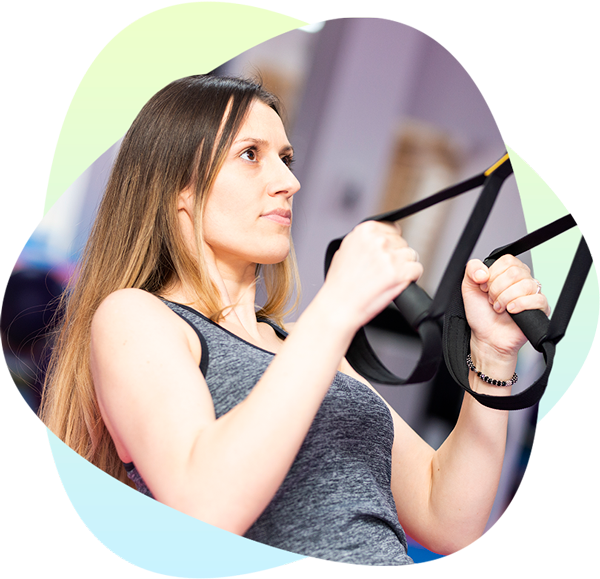
Bad posture
Postural disorders, that is, poor posture in children and adults, have been on the rise in recent years. Modern lifestyles and modern technology have accelerated our lives on the one hand, and significantly reduced the need for movement on the other hand, which has had a negative impact on the youngest population. It should be emphasised that poor posture results in changes in the muscular tissue, while deformity is a change in the skeletal apparatus.
Poor posture can be more easily resolved if a problem is identified and treated properly. Reduced activity and weakness of certain muscle groups can cause various disorders, from flat feet, X or O legs, kyphotic, lordotic or scoliotic poor posture.
Our corrective programme at Scolio Centre is based on corrective gymnastics incorporating elements of the Schroth method. As postural disorders - poor posture in children are on the rise, the need for a specific type of exercise is provided by our programme.
Diagnostics of bad posture
- Visual monitoring of the body Clinical picture (foot arch, leg shape, pelvis position, abdomen, deviation of spinal column in frontal plane, observation of Lorenz triangles, position of shoulder blades, shoulders, head)
- Topographic imaging Topographic testing is done by using a special camera that operates on the principle of the speed of light to obtain the distance and time of transition between objects and the receiver. A topographic scan of the back is obtained with detailed numerical parameters of each deviation.
- Body balance assessment can be done by implementing a modern computer platform
